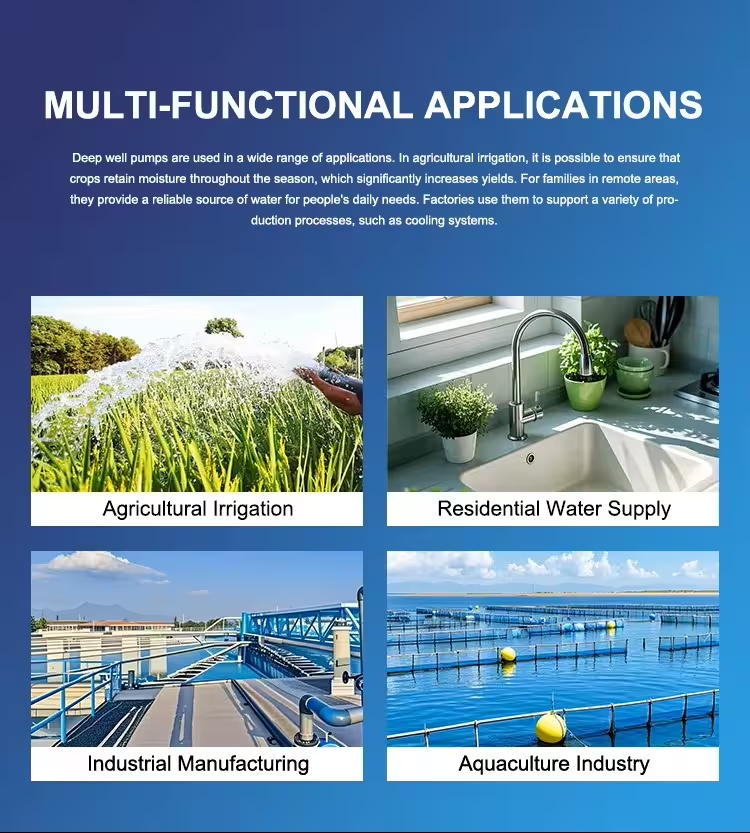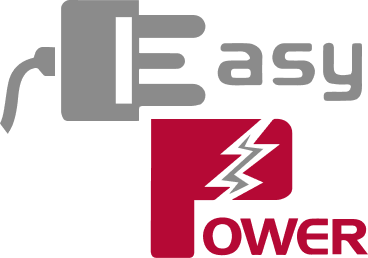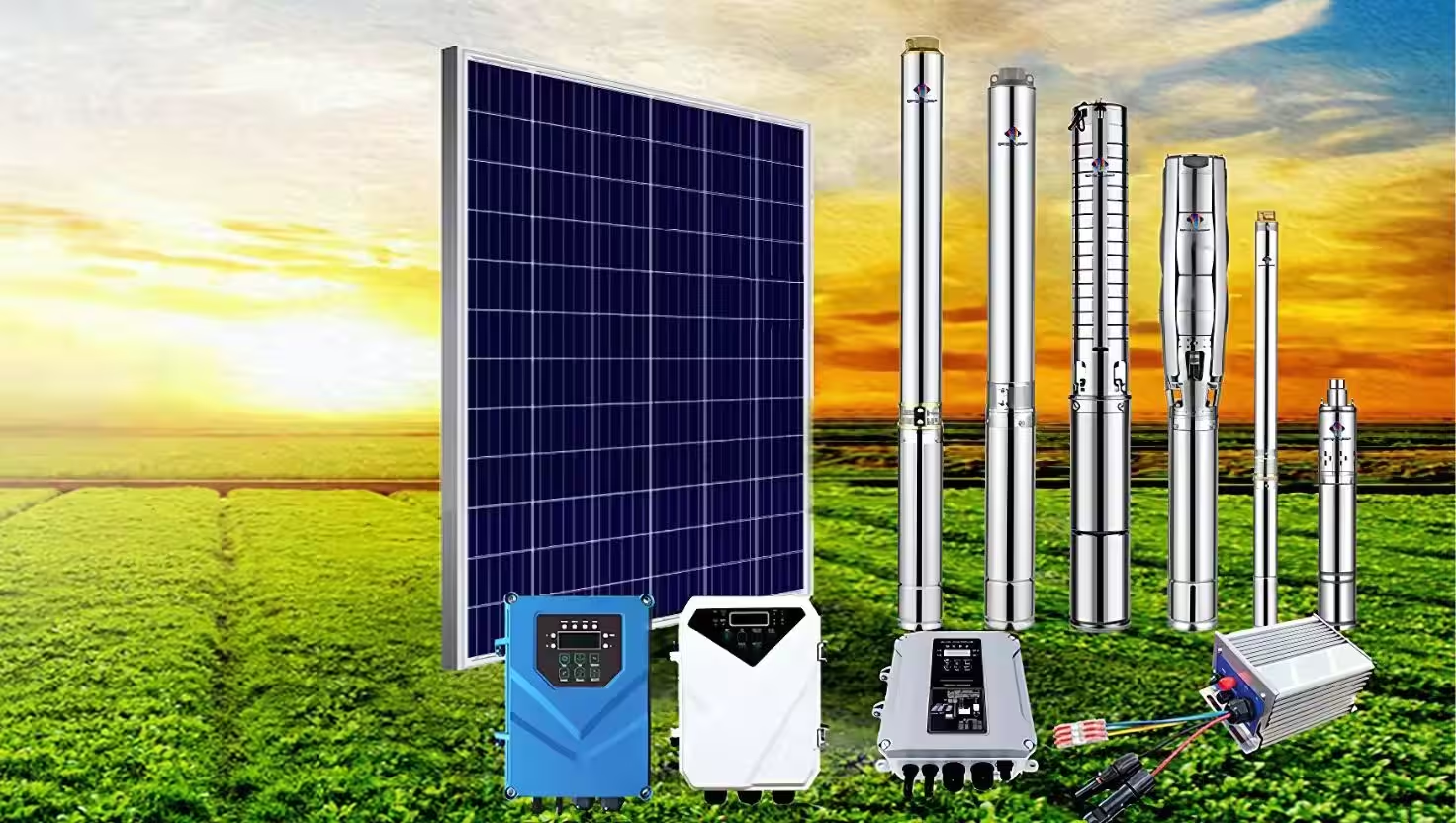Considering a submersible solar water pump in Uganda? You’re making a wise choice. With water access challenges, unreliable grid electricity, and rising fuel costs, solar water pumps provide a sustainable and efficient solution for Ugandan communities and farmers
What is a Submersible Solar Water Pump?
A submersible solar water pump is designed to operate underwater, pumping water from deep wells or boreholes using solar power. These pumps are efficient, reliable, and perfectly suited to Uganda’s sunny climate.
Key features:
Operates entirely on solar energy
Highly efficient in pumping water from deep sources
Low maintenance and high durability
Benefits of Submersible Solar Water Pumps in Uganda
Installing a submersible solar pump provides numerous advantages:
Cost Savings: Eliminate ongoing fuel or electricity costs.
Reliable Water Access: Constant supply of water even in remote areas.
Environmentally Friendly: Reduces carbon emissions and pollution.
Learn more about the benefits of solar water pumps in Uganda.
Applications in Ugandan Agriculture and Homes

Submersible solar water pumps in Uganda significantly improve water access for:
Irrigation: Enhanced crop yield and farming productivity.
Domestic Water Supply: Reliable drinking water in rural communities.
Livestock Watering: Sustained water supply for animals.
Discover more about solar surface water pumps in Uganda as complementary solutions.
Choosing the Right Submersible Solar Water Pump
When selecting your pump, consider:
Depth of the Water Source: Match pump specifications to well depth.
Water Volume Requirements: Choose the pump with adequate flow capacity.
Solar Panel Sizing: Ensure sufficient solar panels for optimal pump operation.
Check our guide on choosing the right solar pump in Uganda.
Installation and Maintenance
Proper installation and regular maintenance maximize the lifespan and efficiency of your submersible solar pump. Regular checks include:
Solar panel cleaning
Inspection for clogging or damage
Battery performance monitoring
For additional tips, see our comprehensive solar panel cleaning guide in Uganda.
Real-Life Success Stories
Joseph, a farmer in rural Uganda, previously spent hours each day manually pumping water for his crops, which significantly limited his productivity and family time. After installing a submersible solar water pump, Joseph was able to reclaim valuable hours each day. With this extra time, he expanded his farm, increased crop yields, and improved his family’s quality of life, demonstrating the transformative impact solar water pumps can have on rural communities.
Across Uganda, many communities have successfully transitioned to solar-powered water solutions, improving their quality of life and economic conditions. Platforms such as SunCulture Uganda and Weis Engineering highlight successful implementations and innovative solutions.
FAQ: Frequently Asked Questions
Typically, the number of solar panels required depends on the pump’s power rating and the daily water demand. A small pump might need 2-4 panels, while larger pumps could require 8-12 panels.
Solar water pumps rely on sunlight, making their operation less efficient during cloudy weather or nighttime without battery backup. Additionally, initial installation costs may be higher compared to conventional pumps.
A submersible solar water pump operates underwater by using electricity generated from solar panels. The solar panels produce DC power, which directly powers the pump motor, drawing water up from the source.
Disadvantages include higher initial installation costs, potential challenges accessing the pump for maintenance due to its submerged position, and reduced performance if improperly sized or installed.
Final Thoughts
Adopting a submersible solar water pump in Uganda means investing in sustainable, reliable water access. Whether you’re a farmer, homeowner, or community leader, solar pumps deliver tangible benefits and transformative impacts.
Ready to make the switch? Contact Easy Power Uganda for expert advice, installation, and after-sales support.

